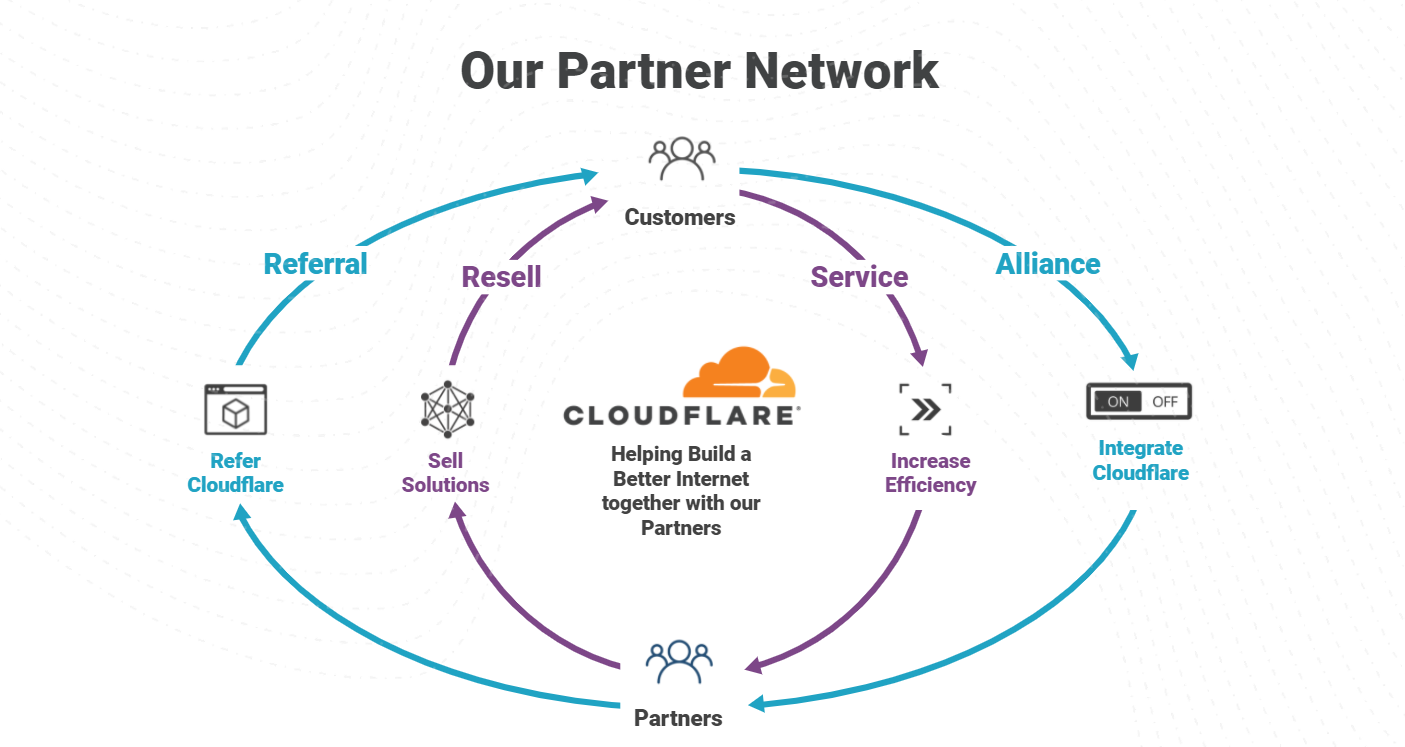0
For the Beijing 2022 Winter Olympics, the Chinese government requires everyone to download an app onto their phone. It has many security/privacy concerns, as CitizenLab documents. However, another researcher goes further, claiming his analysis proves the app is recording all audio all the time. His analysis is fraudulent. He shows a lot of technical content that looks plausible, but nowhere does he show anything that substantiates his claims.
Average techies may not be able to see this. It all looks technical. Therefore, I thought I'd describe one example of the problems with this data -- something the average techie can recognize.
His "evidence" consists screenshots from reverse-engineering tools, with red arrows pointing to the suspicious bits. An example of one of these screenshots is this on:
This screenshot is that of a reverse-engineering tool (Hopper, I think) that takes code and "disassembles" it. When you dump something into a reverse-engineering tool, it'll make a few assumptions about what it sees. These assumptions are usually wrong. There's a process where the human user looks at the analyzed output, does a "sniff-test" on whether it looks reasonable, and works with the tool until it gets the assumptions correct.




